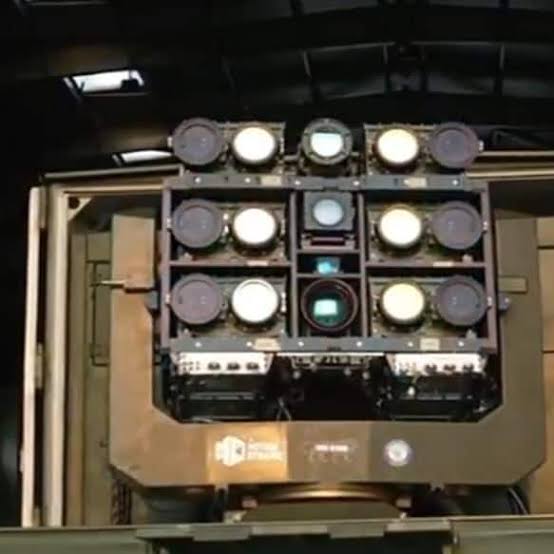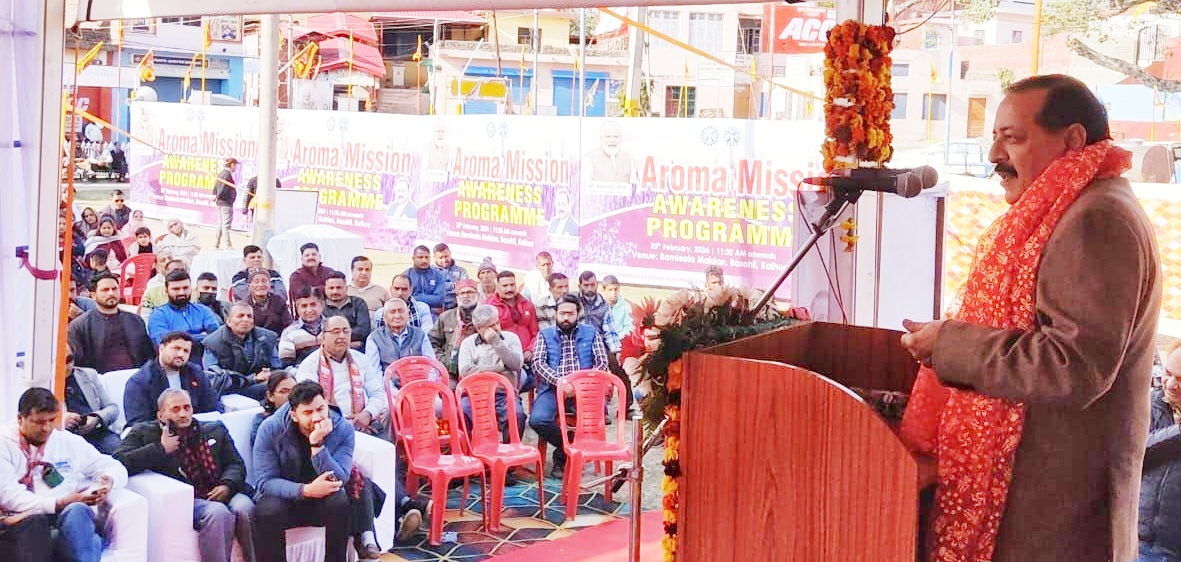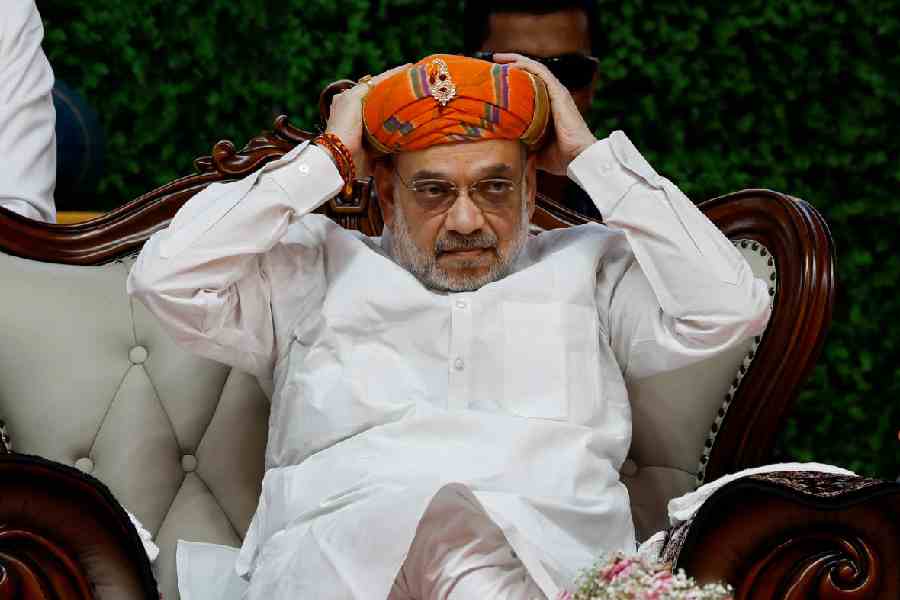In a remarkable step toward the future of warfare, India has unveiled its indigenously developed 30-kilowatt laser-based weapon system, capable of neutralising helicopters, swarm drones, and even enemy radar installations. Developed by the Defence Research and Development Organisation (DRDO), this high-tech system—known as the Mk-II (A) Laser-Directed Energy Weapon (DEW)—was showcased at the National Open Air Range in Kurnool, Andhra Pradesh.
 The demonstration marks a moment of pride and quiet determination for the country’s scientific community. This isn’t just a leap in technology, it’s a testament to the years of dedication and relentless pursuit of innovation by Indian scientists and engineers working tirelessly behind the scenes. The weapon, using concentrated beams of light, disables aerial threats with precision and speed, offering a glimpse into a future where energy replaces ammunition on the battlefield.
The demonstration marks a moment of pride and quiet determination for the country’s scientific community. This isn’t just a leap in technology, it’s a testament to the years of dedication and relentless pursuit of innovation by Indian scientists and engineers working tirelessly behind the scenes. The weapon, using concentrated beams of light, disables aerial threats with precision and speed, offering a glimpse into a future where energy replaces ammunition on the battlefield.
What makes this achievement even more significant is that India now joins a very exclusive club—alongside the United States, China, and Russia—of nations that have successfully developed and demonstrated such advanced directed-energy systems. According to DRDO Chief Samir V. Kamat, while this is just the beginning, the journey ahead involves enhancing power levels, improving efficiency, and adapting the system for deployment on ships and aircraft. The vision is clear: to build a comprehensive suite of futuristic weapons that are versatile, cost-effective, and robust.
Kamat also revealed that DRDO is simultaneously exploring other cutting-edge technologies, such as high-energy microwave weapons and electromagnetic pulse systems. The long-term ambition is to equip India’s military with what he described as “Star Wars capabilities”—science fiction becoming reality through Indian innovation.
The Mk-II (A) DEW system was not just showcased in action—it has already been seen by millions during the Republic Day parade earlier this year, where it was a key highlight of the DRDO’s tableau. During its live demonstration, the system successfully targeted and destroyed fixed-wing drones at extended range, intercepted multiple drone threats simultaneously, and dismantled enemy surveillance assets—all in a matter of seconds. Such speed and precision, combined with its minimal operational cost, make this a potential game-changer in modern defence.
Officials familiar with the system emphasized its affordability and sustainability. The cost of operating the laser for a few seconds is comparable to a few litres of petrol, making it a low-cost solution to increasingly frequent low-cost aerial threats like drones. This efficiency is vital in a time when militaries across the world are looking to maximize impact while minimizing both financial and collateral costs.
The DRDO’s accomplishment isn’t just about firepower—it’s about foresight. In an era where conflict is becoming more asymmetric and technology-driven, India’s defence scientists have provided the armed forces with a tool that blends strategy, science, and sustainability.
As the country continues to invest in indigenous defence innovation, the success of the laser-based DEW system offers a hopeful and inspiring reminder: with perseverance, collaboration, and vision, the extraordinary can indeed be made in India.




